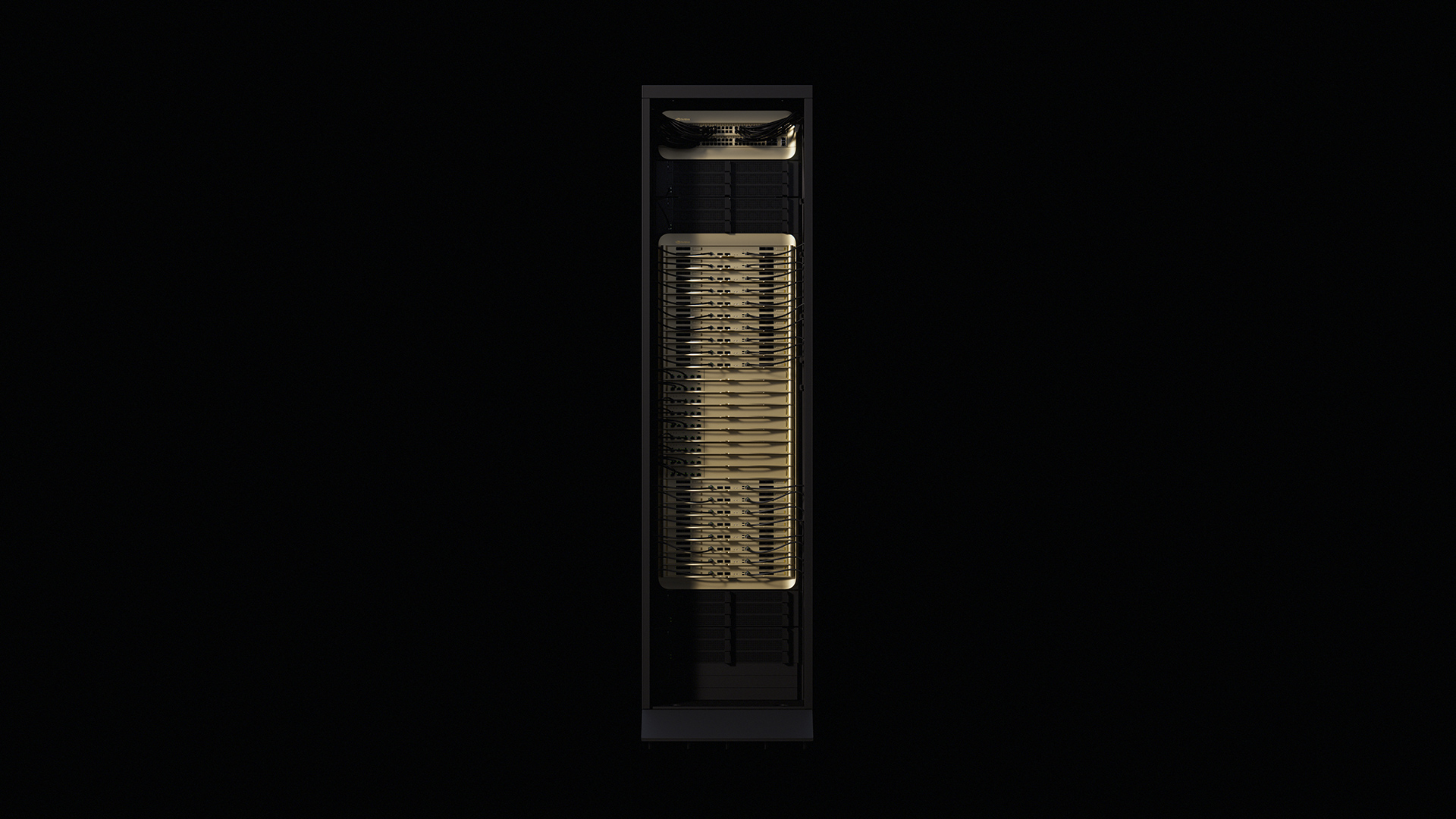- Nvidia integrates Samsung Foundry to expand NVLink Fusion for custom AI silicon
- NVLink Fusion allows CPUs, GPUs, and accelerators to communicate seamlessly
- Intel and Fujitsu can now build CPUs connecting directly to Nvidia GPUs
Nvidia is deepening its efforts to make itself indispensable in the AI landscape by broadening its NVLink Fusion ecosystem.
Following a recent collaboration with Intel, which allows x86 CPUs to connect directly to Nvidia platforms, the company has now enlisted Samsung Foundry to help design and manufacture custom CPUs and XPUs.
The move, announced during the 2025 Open Compute Project (OCP) Global Summit in San Jose, shows Nvidia’s ambition to extend its control across the full hardware stack of AI computing.
Integrating new players into NVLink Fusion
Ian Buck, Nvidia’s Vice President of HPC and Hyperscale, explained NVLink Fusion is an IP and chiplet solution designed to integrate CPUs, GPUs, and accelerators seamlessly into the MGX and OCP infrastructure.
It enables direct, high-speed communication between processors within rack-scale systems, aiming to remove the traditional performance bottlenecks between computing components.
During the summit, Nvidia revealed several ecosystem partners, including Intel and Fujitsu, both now capable of building CPUs that communicate directly with Nvidia GPUs over NVLink Fusion.
Samsung Foundry joins this list, offering full design-to-manufacturing expertise for custom silicon, an addition that strengthens Nvidia’s reach in semiconductor manufacturing.
The collaboration between Nvidia and Samsung reflects a growing shift in the AI hardware market.
As AI workloads expand and competition intensifies, Nvidia’s custom CPU and XPU designs aim to ensure that its technologies remain central to next-generation data centers.
According to TechPowerUp, Nvidia’s strategy comes with strict restrictions.
Custom chips developed under NVLink Fusion must connect to Nvidia products, with Nvidia retaining control over the communication controllers, PHY layers, and NVLink Switch licensing.
This gives Nvidia considerable leverage in the ecosystem, although it also raises concerns about openness and interoperability.
This tightening integration comes as rivals such as OpenAI, Google, AWS, Meta, and Broadcom develop in-house chips to reduce dependence on Nvidia hardware.
Nvidia is embedding itself deeper into the fabric of AI infrastructure by making its technologies unavoidable rather than optional.
Through NVLink Fusion and the addition of Samsung Foundry to its custom silicon ecosystem, the company is extending its influence across the full hardware stack, from chips to data center architectures.
This mirrors a broader trend among its co-opetitors. Broadcom is moving deeper into AI with custom accelerators for hyperscalers.
OpenAI is also reported to be designing its own in-house chips to reduce reliance on Nvidia’s GPUs.
Together, these developments mark a new phase of AI hardware competition, where control over the silicon-to-software pipeline determines who leads the industry.
Nvidia’s partnership with Samsung appears intended to counter this by speeding the rollout of custom solutions that can be rapidly deployed at scale.
By embedding its IP into broader infrastructure designs, Nvidia positions itself as an essential part of modern AI factories, rather than just a GPU supplier.
Despite Nvidia’s contributions to the OCP open hardware initiative, its NVLink Fusion ecosystem maintains strict boundaries that favor its architecture.
While this may secure performance advantages and ecosystem consistency, it could also heighten concerns about vendor lock-in.
Follow TechRadar on Google News and add us as a preferred source to get our expert news, reviews, and opinion in your feeds. Make sure to click the Follow button!
And of course you can also follow TechRadar on TikTok for news, reviews, unboxings in video form, and get regular updates from us on WhatsApp too.
You might also like
- 'Significant' threat to US networks after hackers stole F5 source code, CISA warns
- Take a look at our guide to the best authenticator app
- We've also listed the best monitors for every budget and resolution











 English (US) ·
English (US) ·